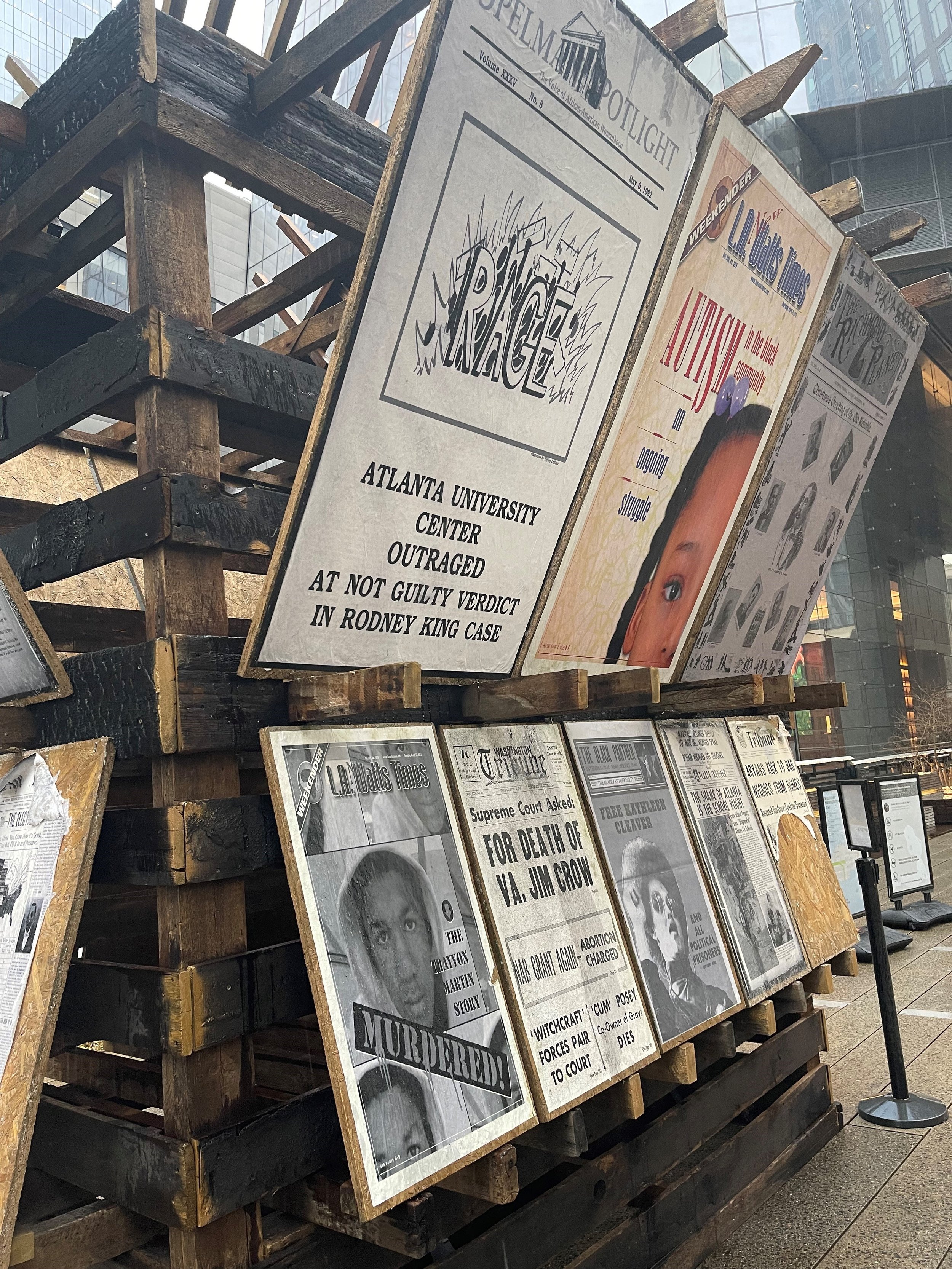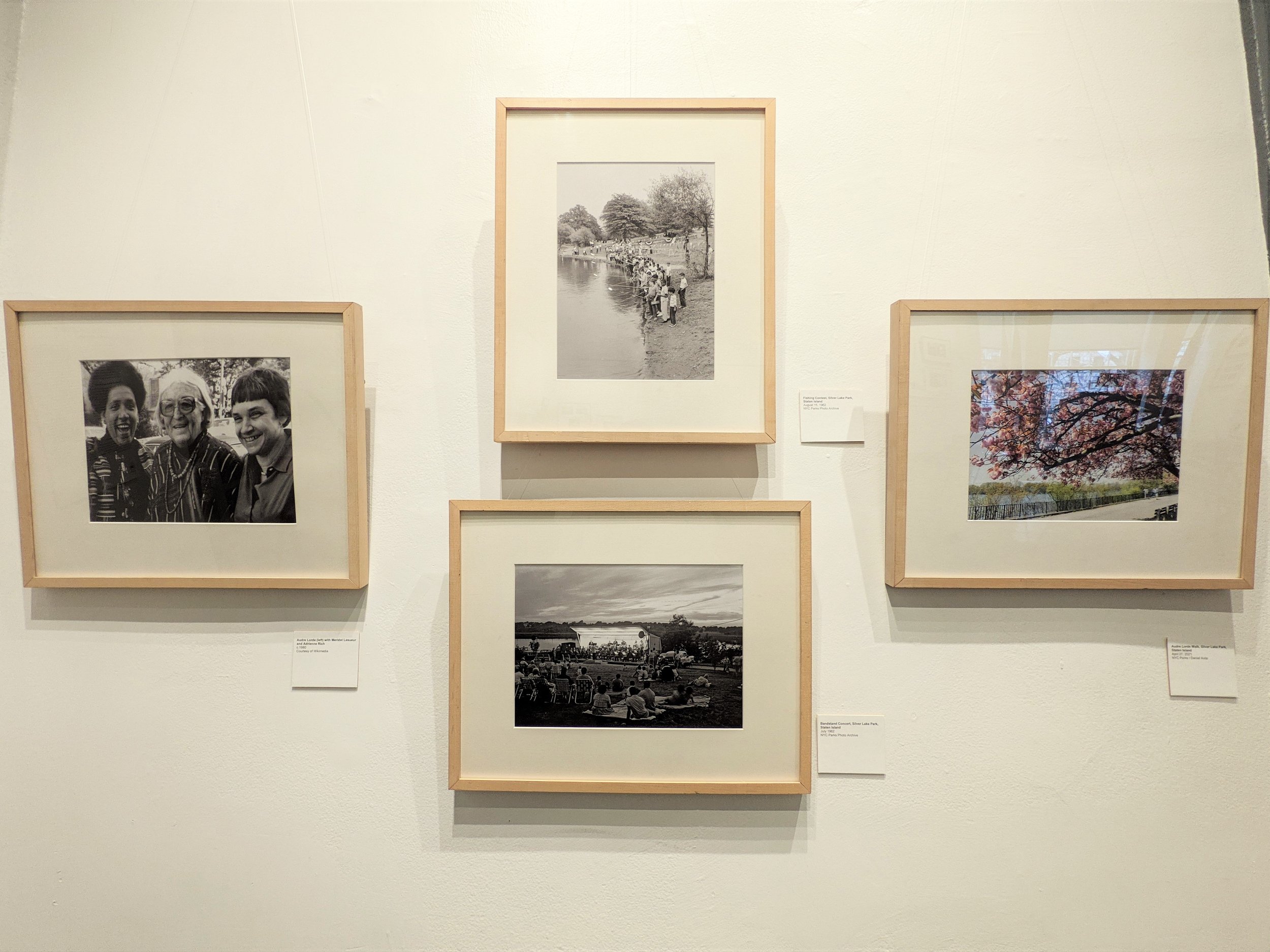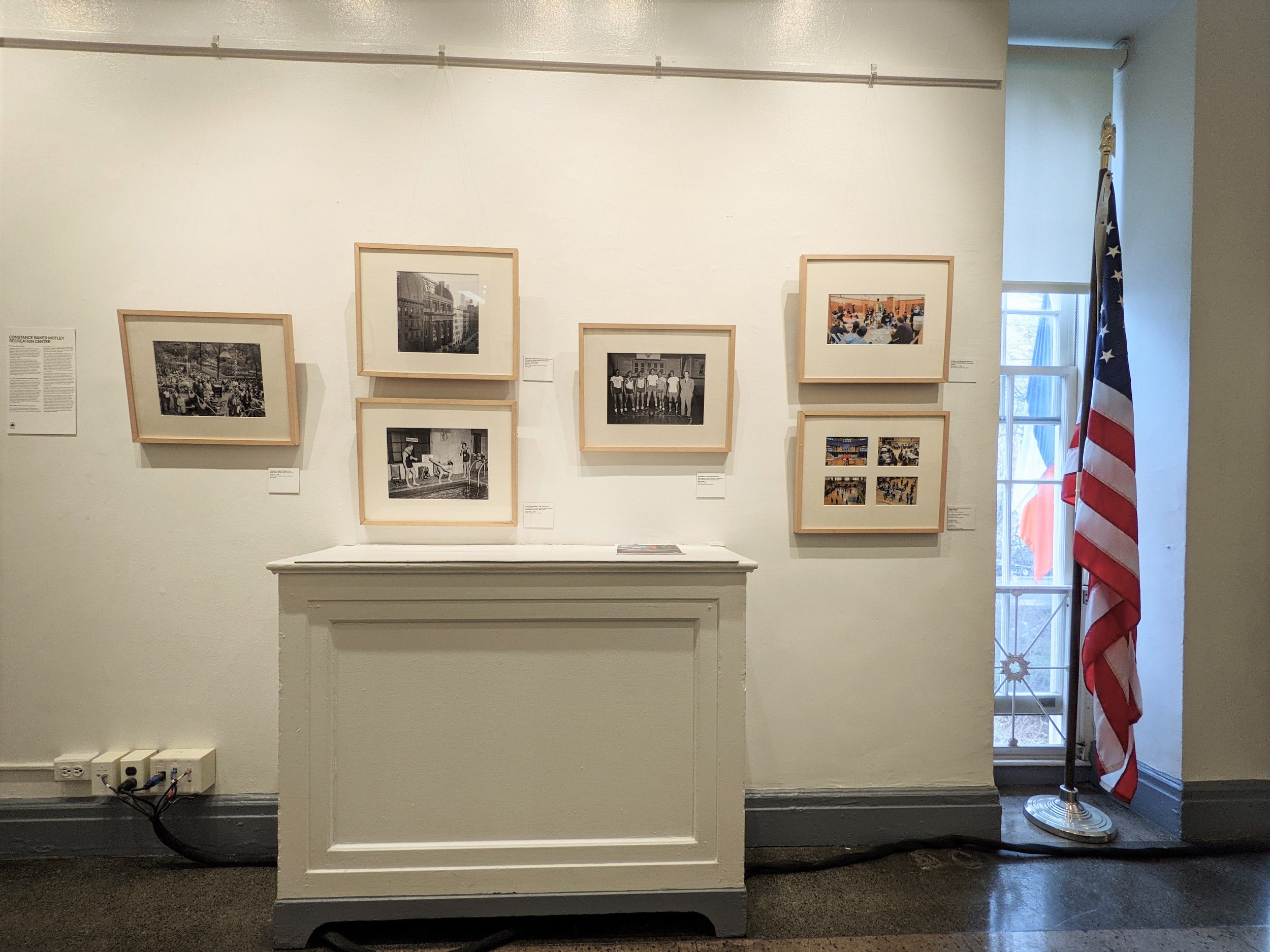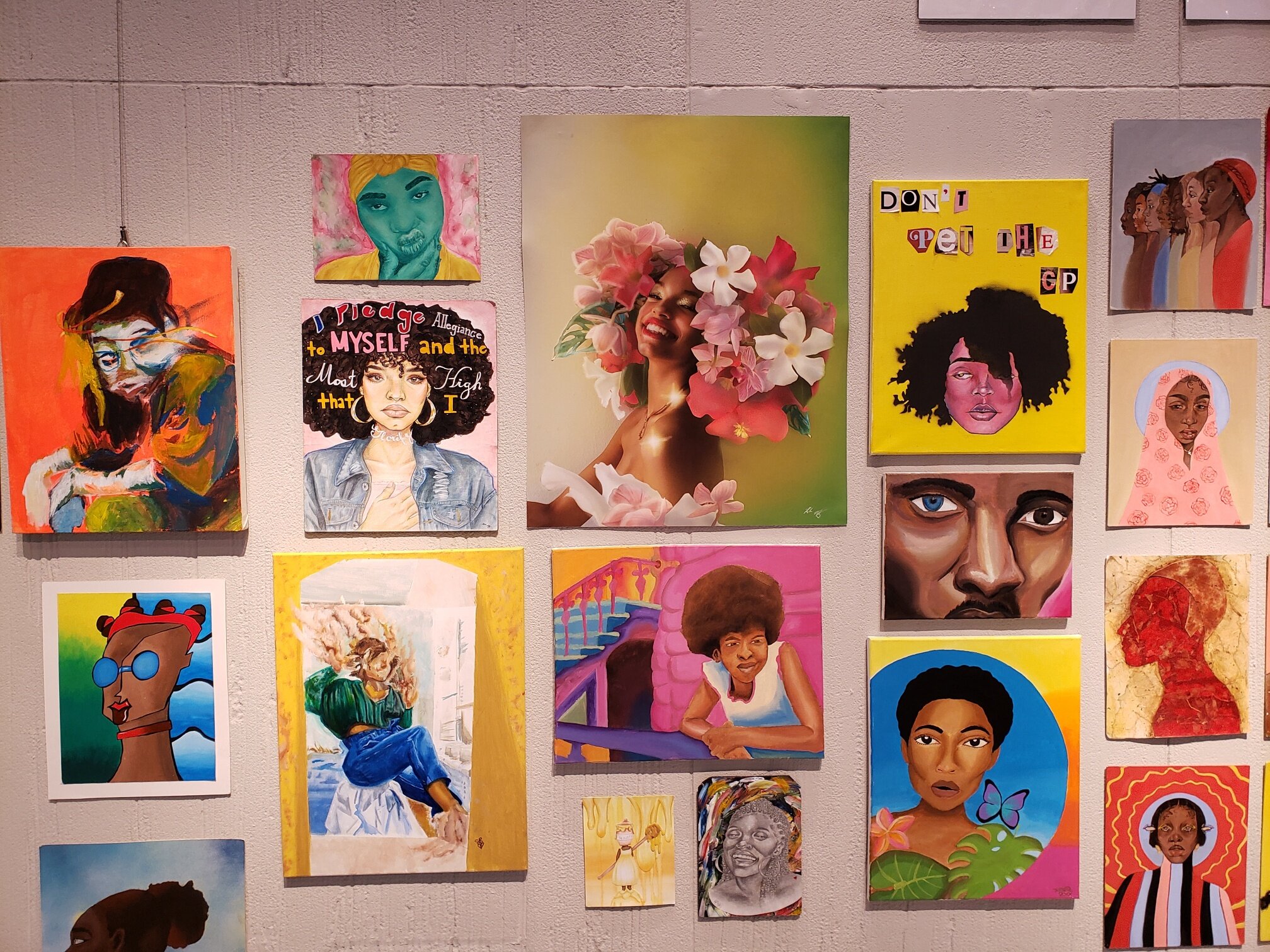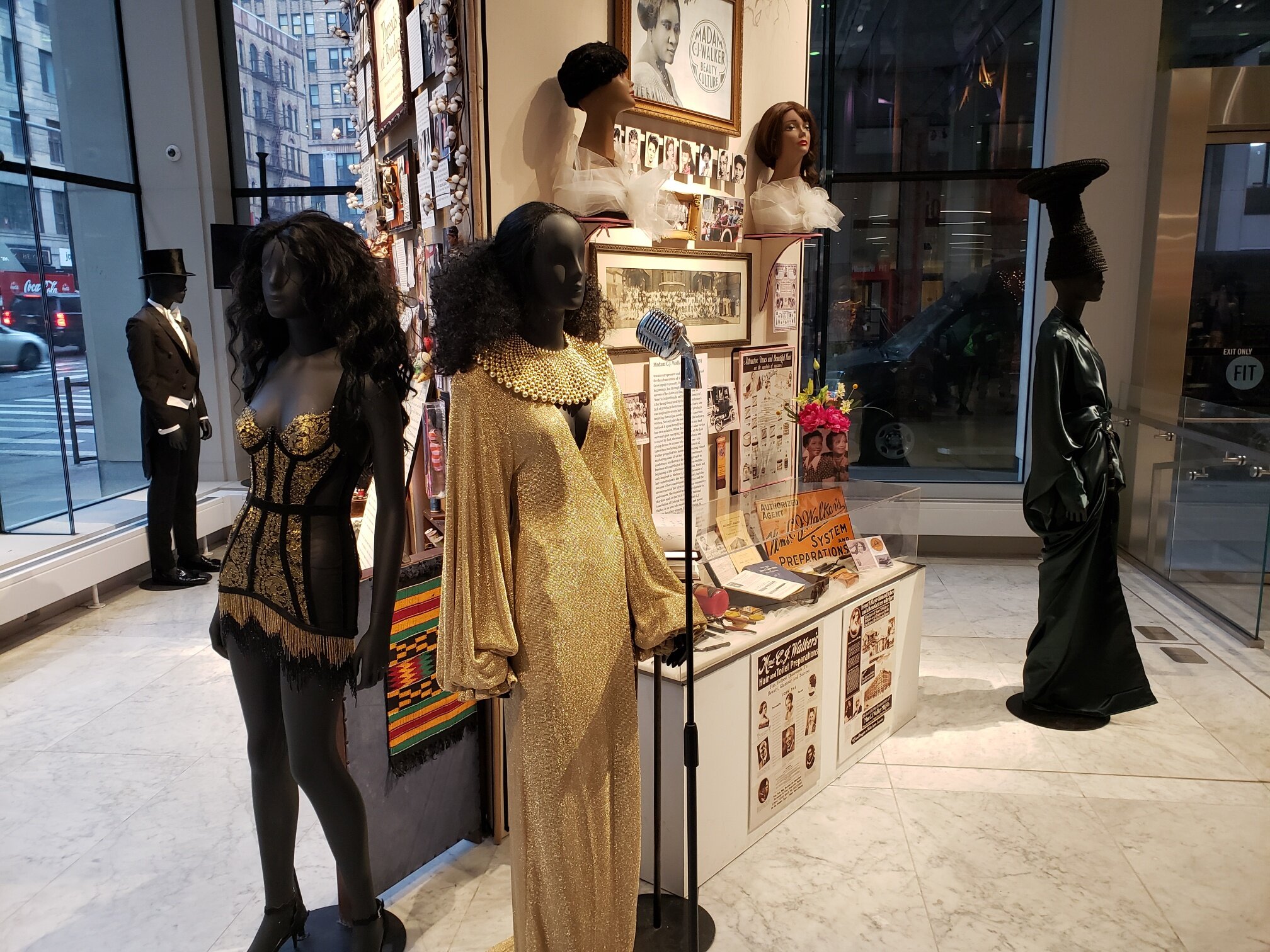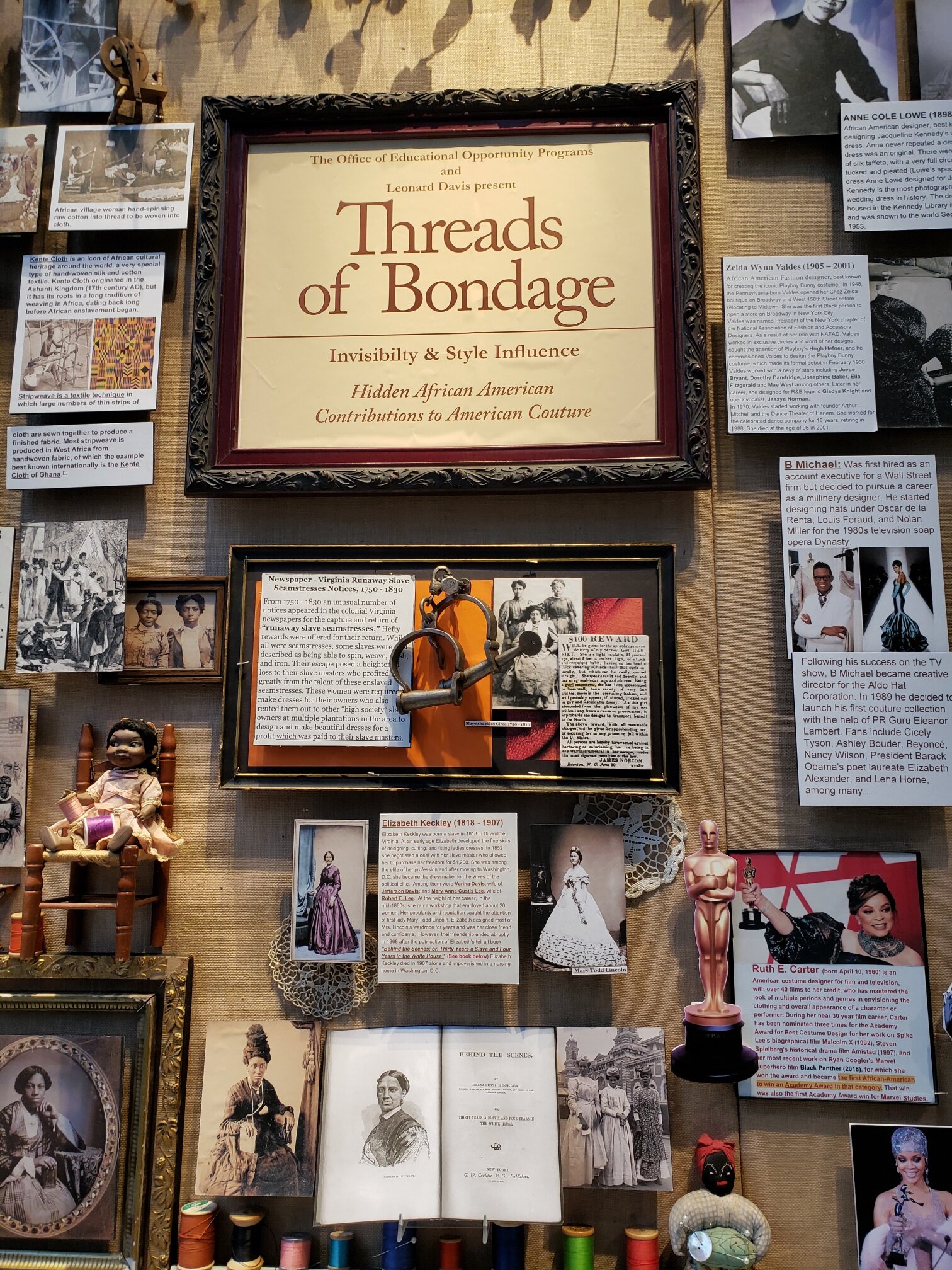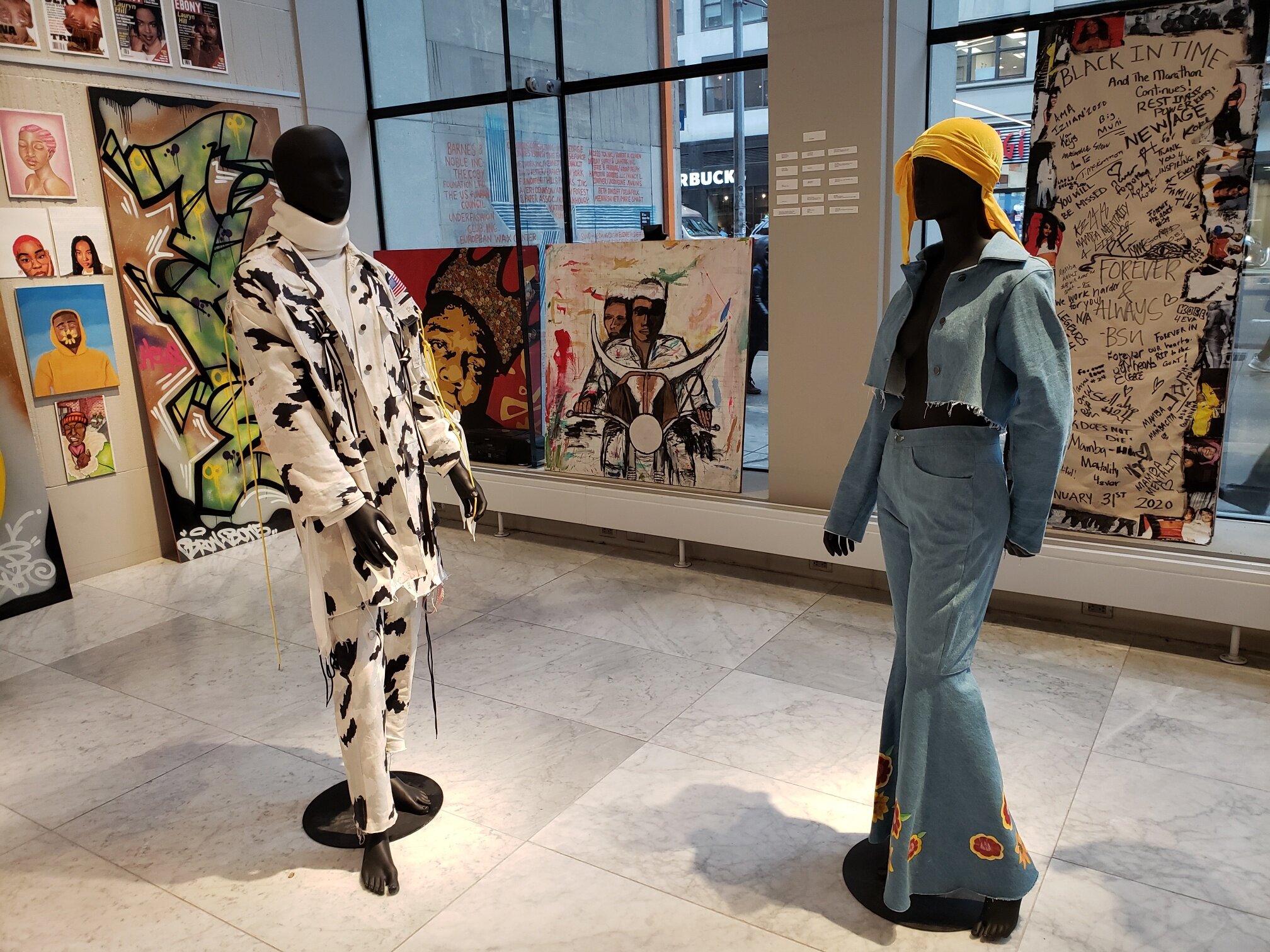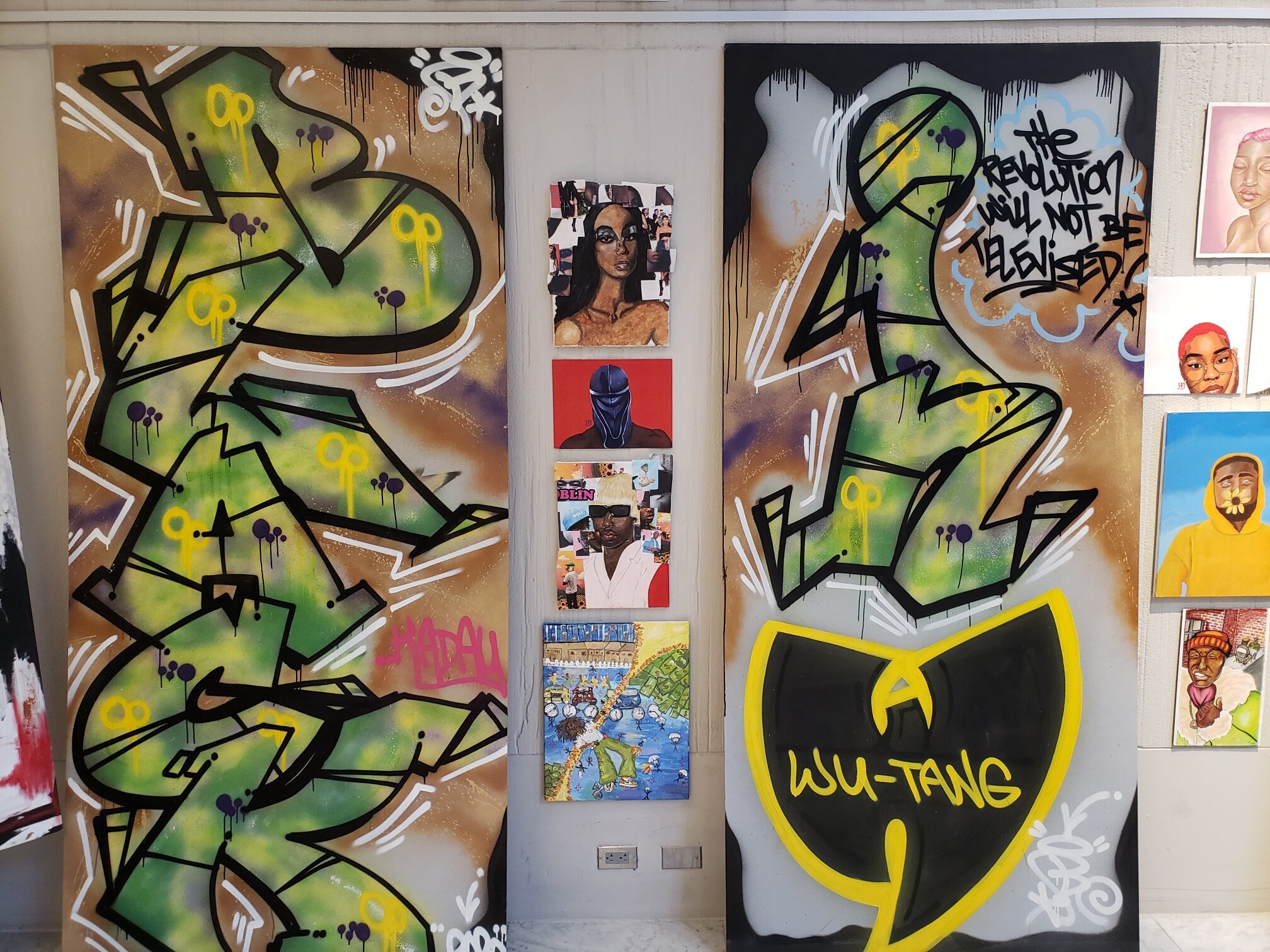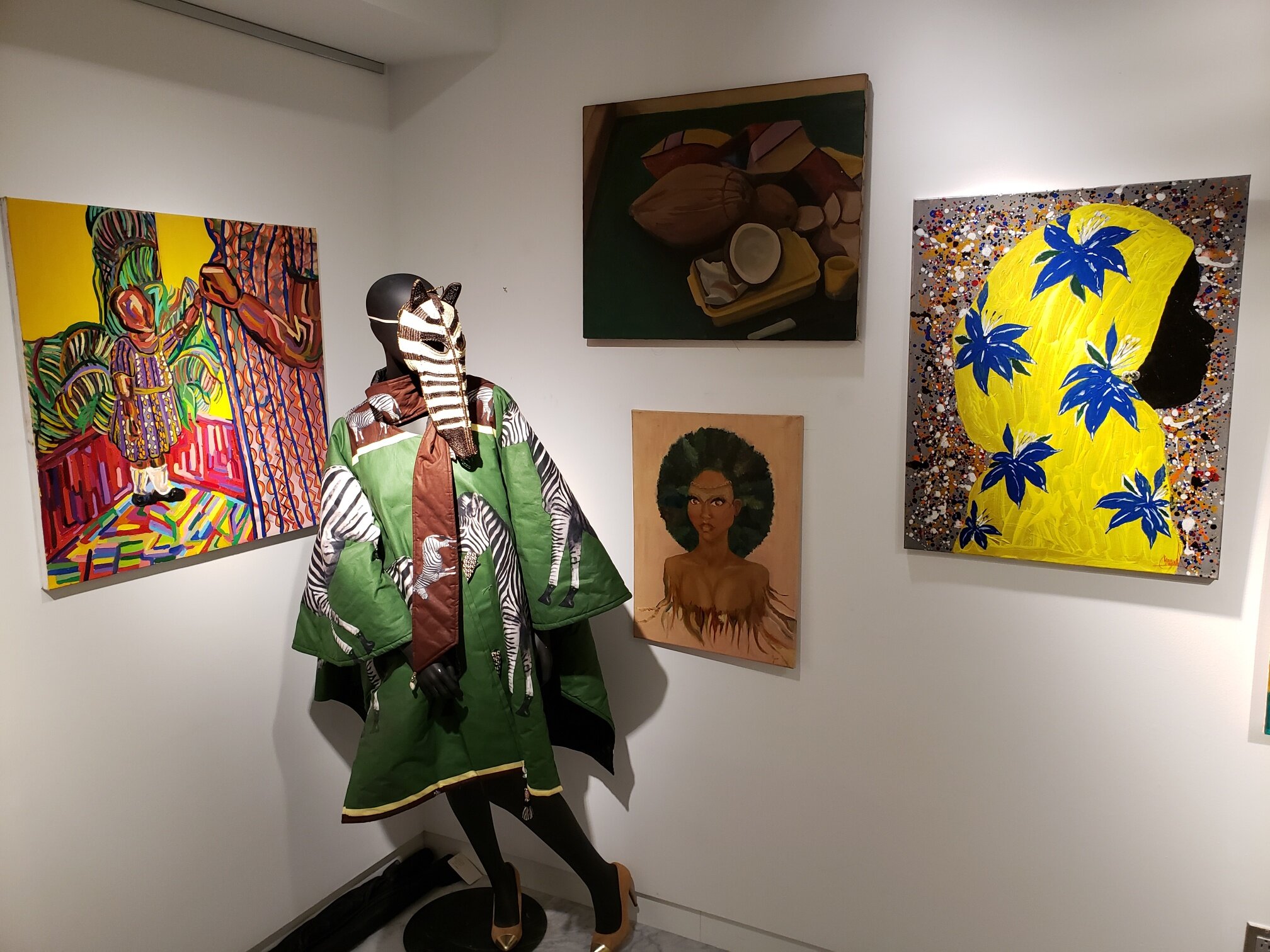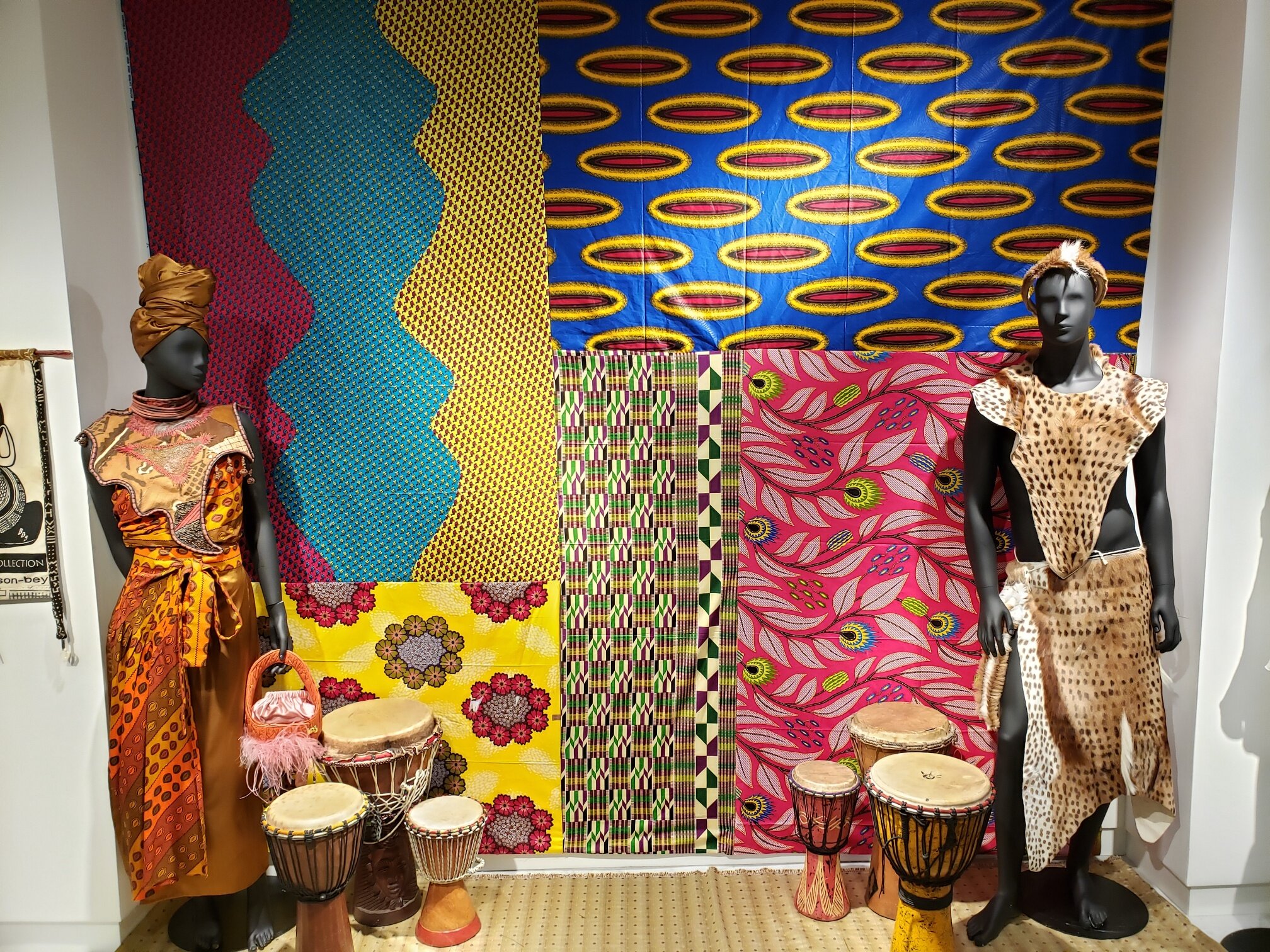As Black History Month draws to a close, we shine a light on one of New York's remarkable exhibits celebrating Black culture and its profound connection with art. This exhibit at the Brooklyn Museum is the product of the vision of two influential figures in the music industry: Alicia Keys and Swizz Beatz (Kasseem Dean) who have been passionately collecting works for over two decades, and who are now eager to share their extraordinary collection with the world. This collection, which features 98 artworks by Black American, African, and African diasporic artists including Gordon Parks, Kehinde Wiley, Jean-Michel Basquiat and Hassan Hajjaj to name a few, explores many themes including Black identity and creativity. This celebration of Black artists and culture, according to Ms. Keys “want(s) you to see that you are also a giant, that you are special, incredible, unique, one of a kind.” Make sure you experience the exhibit before it closes on July 7th!
“Giants: Art from the Dean Collection of Swizz Beatz and Alicia Keys “ at the Brooklyn Museum






